Exhibition dates: 19th May – 23rd October 2022
Michael Frankenstein & Comp. (Austrian, 1843-1918)
Währinger Straße
1880’s
Wien Museum Collection
It is so good to post a diverse range of photography exhibitions on Art Blart. Here we have some interesting early street photographs of Vienna, images that I have never seen before.
No bibliographic information was included with the media press kit, not even the nationality of the photographers, so I have added as much information as I could find online about the artists.
Dr Marcus Bunyan
Many thankx to the Wien Museum for allowing me to publish the photographs in the posting. Please click on the photographs for a larger version of the image.
Instantly! Vienna Street Photography, exhibition poster
Graphics: Schienerl D/AD
Instantly! Vienna Street Photography, exhibition view, 2022, Wien Museum MUSA
Photo: timtom
Moriz Nähr (Austrian, 1859-1945)
At the old Naschmarkt, Vienna
1885
Wien Museum Collection
Moriz Nähr (Austrian, 1859-1945)
Moriz Nähr was an Austrian photographer. Nähr was a friend of the members of the Vienna Secession art group. He is best known for his portraits of Gustav Klimt, Gustav Mahler, and Ludwig Wittgenstein.
Moriz Nähr (1859-1945) is one of the most important innovators of photography in “Vienna around 1900”. His photographic oeuvre is mentioned today in the same breath as that of the famous Parisian photographer Eugène Atget. Nähr enjoyed a life-long artist’s friendship with Gustav Klimt and was connected with the artist through a special network of eminent personalities from the arts, culture and philosophy. Numerous portrait photographs of Klimt emphatically document the two artists’ bond. Klimt was also inspired by Nähr’s photographic motifs, as illustrated by the conformities in the photographer’s pictures and Klimt’s painting Beech Forest I created in 1902. The legends surrounding Moriz Nähr are based on the one hand on his close ties with Gustav Klimt and the Vienna Secession and on the other hand on his connections with the family of Ludwig Wittgenstein and the imperial Habsburg family, especially with the heir to the throne Archduke Franz Ferdinand, who appointed him court photographer in 1908. Owing to his work as a freelance photographer as well as to his various commissions, he has left behind a multi-faceted oeuvre comprising not only landscape-, architecture-, and portrait photography but also street photography (Scenes from the Naschmarkt, 1918) as well as photographs documenting exhibitions (Vienna Secession).
Anonymous. “Moriz Nähr: Photographer of Viennese Modernism,” on the Leopold Museum website 2018 [Online] Cited 16/10/2022
Instantly! Vienna Street Photography, exhibition view, 2022, Wien Museum MUSA
Photo: timtom
August Stauda (Austrian, 1861-1928)
Kaserngasse (today Otto-Bauer-Gasse), Vienna
c. 1902
Wien Museum Collection
August Stauda (Austrian, 1861-1928)
August Stauda (b. July 19, 1861 in Schurz , Bohemia ; d. July 8, 1928 in Vienna) was one of the leading Viennese architectural photographers who made a name for himself as a city photographer and documentarist of “old Vienna”.
Stauda first completed an apprenticeship as a clerk in Trautenau, worked as such in Pilsen and came to Vienna in 1882 to do military service. Here he learned the craft of photography from his uncle, the city and portrait photographer Johann Evangelista Stauda and opened his own studio in 1885 at Schleifmühlgasse 5 in the 4th district of Vienna, Wieden (at the current address of the Kargl Gallery). From 1913 he was a sworn expert. During the First World War he had to file for bankruptcy. Stauda was married but had no children.
In addition to landscape shots, he captured the “old Vienna” in more than 3,000 photographs – inspired by the commission of the monument and homeland protector Count Karl Lanckoronski-Brzezie. He was particularly interested in those parts of the city that underwent significant urban planning changes around the turn of the century, especially parts of the 2nd, 3rd and 9th districts. While the appearance of the city centre at that time is still recognisable today, the contemporary pictures of Mariahilfer Strasse or Neulerchenfelder Strasse show how the passage of time has also changed the city.
Almost three thousand negatives and prints of his pictures of Vienna are now in the Austrian National Library in Vienna. The collection of prints in the possession of the Wien Museum is almost as large.
Other large holdings of Stauda are in the graphic collection of the Albertina, in the archive of the Federal Police Headquarters in Vienna and in the Historical Museum of the City of Kraków.
Text from the German Wikipedia website translated by Google Translate
August Stauda (Austrian, 1861-1928)
9., Nußdorfer Straße 24 / Alserbachstraße 1
1899
Albumen print
Image: 22.4 × 27.6cm
© Wien Museum
August Stauda (Austrian, 1861-1928)
4., Margaretenstraße 45 / Große Neugasse 37
1899
Albumen print
© Wien Museum
Instantly! Vienna Street Photography, exhibition view, 2022, Wien Museum MUSA
Photo: timtom
Vienna’s street life in fascinating, never-before-seen photos: The exhibition traverses the city’s pictorial history from the 1860s until today. Most of the works come from the photo collection of the Wien Museum, which show-cases its vast holdings like never before.
The focus of the exhibit is the developing gaze on big city life, from the 1860s to the present. In addition to iconic images of Vienna that capture decisive moments in urban life, the show presents numerous never-before exhibited or published photographs that bring the city’s everyday life as well as the lives of
its inhabitants to the fore: impressive street scenes, intimate snapshots, and fleeting glimpses of urban life.
Iconic images by prominent photographers like Franz Hubmann, August Stauda, Elfriede Mejchar, Robert Haas, Erich Lessing, Edith Suschitzky, Ernst Haas, Harry Weber, and Barbara Pflaum are presented alongside countless new discoveries and previously unpublished works. They capture everyday life in Vienna in enduring snapshots.
The exhibit paints a new portrait of the metropolis on the Danube, inviting visitors on an exciting pictorial journey from early urban photography to the Instagram aesthetics of the present.
Text from the Wien Museum website
Emil Mayer (Austrian, 1871-1938)
On the way with the tram
1905-1912
Wien Museum Collection
Digitally cleaned and balanced by Marcus Bunyan
Emil Mayer (Austrian, 1871-1938)
Dr. Emil Mayer FRPS (October 3, 1871 – June 8, 1938) was an Austrian photographer, lawyer, inventor, and businessperson.
After Mayer completed his studies at the University of Vienna, he established a law practice at Salvatorgasse 10 in Vienna.
Mayer’s first experience in photography was as an amateur and he was a member of several Viennese photographer associations that focused on artistic photography. His artistic photos include documentary images of Wienerstraße.
Mayer was an honorary member of many domestic and foreign photographers’ clubs. He also authored a textbook and was awarded several patents for photographic devices.
Finally, Mayer left his law firm and founded a photographic technology company DREM-Zentrale with Nikolaus Benedik. The company’s name was an abbreviation of DR. E. Mayer. International branches of the company included, DREM Products Corporation in New York and DREM Products Ltd. in London, England.
On June 6, 1903, he married Elisabeth Deutsch (March 18, 1882 – June 8, 1938).
To escape persecution from the Nazi regime after the annexation of Austria in March 1938, Mayer and his wife died by suicide in their home (BöcklinStraße 12) in Vienna on June 8, 1938.
Text from the Wikipedia website
See more photographs by Emil Mayer on the Vintage Everyday website
Emil Mayer was a Viennese photographer who did most of his work with a hand-camera on the streets of Vienna around the 1910s. Although he was a lawyer by profession, his greatest passion was for photography: he was the long-time president of one of Vienna’s most prominent camera clubs, and by the time of his death was internationally known for his work in photography.
Mayer’s photographs document a short-lived period of stability and prosperity in Austria’s history. The Viennese writer Stefan Zweig recalled this time in his autobiography: “Everything had its norm, its definite measure and weight. … Every family had its fixed budget, and knew how much could be spent for rent and food, for vacations and entertainment… In this vast empire everything stood firmly and immovably in its appointed place, and at its head was the aged emperor; and were he to die, one knew (or believed) another would come to take his place, and nothing would change in the well-regulated order.”
Mayer died in June, 1938 – he committed suicide along with his wife, soon after the Nazi occupation of Vienna – and we know that the Gestapo entered his apartment soon afterwards, with the result that his entire personal collection of photographs was almost certainly destroyed.
Anonymous. “Extraordinary Candid Vintage Photographs That Capture Street Scenes of Vienna, Austria From the 1900s and 1910s,” on the Vintage Everyday website January 18th 2016 [Online] Cited 16/10/2022
Unknown photographer
At the Ferdinandsbrücke, Vienna
c. 1911
Wien Museum Collection
Instantly! Vienna Street Photography, exhibition view, 2022, Wien Museum MUSA
Photo: timtom
Franz Holluber
In the Schottengasse
1931
Wien Museum Collection
Martin Gerlach jun. (Austrian, 1879-1944)
Tiefer Graben 36
c. 1935
Wien Museum Collection
Martin Gerlach junior (Austrian, 1879-1944)
Martin Gerlach junior (April 2, 1879 in Vienna – July 18, 1944 in Vienna) was an Austrian photographer.
Martin Gerlach, son of Martin Gerlach senior, first learned the photography trade from his father, attended the Imperial and Royal Graphic Teaching and Research Institute from 1896-1899 and later perfected his knowledge with Josef Löwy and Hermann Clemens Kosel.
In 1906 he founded his own photo studio and after the First World War became the house photographer for the collector Camillo Castiglioni. After the death of Albert Wiedling, he continued to run the Gerlach & Wiedling publishing house from 1923 together with his son Walter Wiedling.
Martin Gerlach junior became famous through his architectural photographs of the interwar period (municipal buildings of the First Republic, construction of the Wiener Höhenstraße, etc.) as well as through his work on the RAVAG program magazine and through publications in collaboration with the artists Josef Hoffmann and Adolf Loos.
His photo archive of Viennese architecture, industry and the interwar period, which his son continued and supplemented with images from the period after 1945, came into the possession of the City of Vienna in 1989 and is now managed by the photo archive of the Austrian National Library.
On March 1, 1940, Gerlach applied for membership in the NSDAP and was accepted on April 1 (membership number 9,017,291). After his death, his widow, Anna (née Mohl), continued the studio, which was then taken over by his son Kurt Gerlach (1919-2003) in 1947. His son donated the famous Loos archive with 200 glass negatives to the Albertina collections in the 1990s .
Alongside Bruno Reiffenstein (1868-1951), Martin Gerlach is today regarded as one of the most important photographers of the Austrian monarchy.
Text from the German Wikipedia website translated by Google Translate
Franz Hubmann (Austrian, 1914-2007)
Unusual Plant Transport, Wien
1954
Wien Museum Collection
© Franz Hubmann / Imagno / picturedesk.com
Franz Hubmann (Austrian, 1914-2007)
Franz Hubmann (born October 2, 1914 in Ebreichsdorf, Lower Austria; died June 9, 2007 in Vienna) was an Austrian photographer and photojournalist.
Hubmann initially embarked on a career as a textile technician, from 1936 to 1938 he ran a hat factory. It was only after the Second World War that he decided to turn his hobby into a career. In 1946, as a 32-year-old father, Hubmann began a three-year apprenticeship at the Graphic Teaching and Research Institute in Vienna.
In 1951, when he was the head of the Austrian tourism advertising agency, he met Karl Pawek , who was the publisher of the Austria International magazine at the time – a long-term collaboration began. In 1954 they founded magnum together – the magazine for modern life. The aim of the magazine was to gently guide people into the new world of modernity. Hubmann’s photo series, such as those about the Café Hawelka, were his breakthrough as a photographer and photojournalist. He was the lead photographer until the magazine closed in 1964.
Over the decades he has published around 80 illustrated books, in particular on contemporary, historical and folklore themes. In addition, he produced 17 television films for ORF in the 1960s and early 1970s, including the 5-part series Die Hohe Schule der Fotografie (The high school of photography).
In professional circles, Hubmann was considered the doyen of Austrian photography, the “Austrian Cartier-Bresson”. He was a photographer who captured what was specifically Austrian and especially Viennese in photographic stories and narratives like no other.
Text from the German Wikipedia website translated by Google Translate
Heinrich Steinfest
Spectators at horse race
1956
Gelatin silver print
Leo Jahn-Dietrichstein (Austrian, 1911-1984)
In the Prater
1957
Wien Museum Collection
© Leo Jahn-Dietrichstein, Wien Museum
Leopold Jahn (Austrian, 1911-1984)
Leopold Jahn, stage name Leo Jahn-Dietrichstein (born March 30, 1911 in Vienna ; † November 1, 1984 in Vienna) was an Austrian artist (photography, painting and graphic artist).
He attended the teacher training college with a focus on mathematics, physics, chemistry and art education. In 1939 he was drafted into the Wehrmacht and assigned to Russia. In the Crimea he was wounded and sent back home. Photos from this period can be found in the Military History Museum in Vienna. After the end of the war he walked from his posting in Yugoslavia to East Tyrol, where his family had been relocated during the war. His sons were born in 1942 (Klaus Leopold) and 1946 (Kurt Georg).
He worked as a photographer, painter (classic modern) and graphic artist and published a photo book about East Tyrol, took part in various exhibitions and also had several solo exhibitions. In 1951 he returned to Vienna with his family. He was reinstated in the teaching profession, but continued to work as a photographer. He photographed post-war Vienna. From this time there are, among other things, spectacular photos of the renovation of St. Stephen’s Cathedral. A selection of these photos is owned by the Vienna Museum and the Vienna Office for the Protection of Monuments.
As an artist, he also photographed his artist friends, such as the New York fashion photographer Roland Pleterski, the sculptor Wander Bertoni, and the painter and sculptor Leherb. A selection of these photos are owned by the Vienna Museum. He also made photo reports on the Balkans and Italy.
In 1957 he published a book on Portugal. He worked for the Österreich Illustrierte, the Oberösterreichische Nachrichten, the Österreichischer Verlag, Radio Österreich, for the Magnum agency and for the Süddeutscher Verlag. In 1973 he published a book about Ludwig Boltzmann in the publishing house Jugend und Volk.
Until his retirement he remained in the school service of the city of Vienna. After that he mainly dealt with macro photography. He was particularly interested in the crystal formation of chemical substances. In this context, he worked with large industrial companies such as Schoeller-Bleckmann and Waagner Biro.
Text from the German Wikipedia website translated from the German by Google Translate
Instantly! Vienna Street Photography, exhibition view, 2022, Wien Museum MUSA
Photo: timtom
Leo Jahn-Dietrichstein (Austrian, 1911-1984)
In the Kärntner Straße
1950-1965
Wien Museum Collection
© Leo Jahn-Dietrichstein, Wien Museum
Vienna’s street life in fascinating, never-before-seen photos: The exhibition “Instantly! Vienna Street Photography” traverses the city’s pictorial history. Most of the works come from the photo collection of the Wien Museum, which showcases its vast holdings like never before.
The focus of the exhibit is the developing gaze on big city life, from the 1860s to the present. In addition to iconic images of Vienna that capture decisive moments in urban life, the show presents numerous never-before-exhibited or published photographs that bring the city’s everyday life as well as the lives of its inhabitants to the fore: impressive street scenes, intimate snapshots, and fleeting glimpses of urban life.
The exhibit shows how the medium of photography functioned in the creation and dissemination of new urban vistas. In this way, the images also tell the story of a rapidly changing metropolis. They capture the hustle and bustle on streets, squares, and markets, uncover unexpected encounters, and document moments of indolence and pleasure. All in all, the exhibition paints a new portrait of the metropolis on the Danube, inviting visitors on an exciting pictorial journey from early urban photography to the Instagram aesthetics of the present.
Text from the Wien Museum website
Instantly! Vienna Street Photography, exhibition view, 2022, Wien Museum MUSA
Photo: timtom
The photographs show Vienna to be a slower, sleepier, and until recently greyer city in contrast to larger metropolises like New York, Paris, and London. In the earliest photographs taken in the latter half of the nineteenth and early decades of the twentieth centuries, the dynamism of modern forms of transportation like the tram and the automobile contrast starkly with the leisurely pace at which people move about the urban landscape.
Not only unhurried in the sense of movement, Vienna is presented as a city which has changed at a slower pace both architecturally and in terms of the manner in which people use it. The photographs capture views and angles down streets or across squares that are largely recognizable and assimilable to the contemporary viewer. Institutions like the Naschmarkt, meanwhile, remain important hubs of commerce just as they were over 100 years ago, as a photograph by Moriz Nähr taken of an elderly fruits and vegetables seller in 1885 shows all too clearly.
Nightlife and Vienna after dark are unimportant subjects in Viennese street photography. It is not that Vienna had or has no nightlife – the theater, the cabaret, and so on – but rather that nightlife was not seen by photographers as important to the city’s understanding of itself. Vienna is not a city of sin but a city of leisure. Photographers turn their lens on the coffeehouse, where patrons read the newspaper, play chess, or hold court. The Viennese are captured swimming in the Danube, sunbathing, playing cards, or going to the funfair. These street photographs perpetuate the idea of a certain Viennese Gemütlichkeit, a feeling of warmth, friendless, and good cheer.
Liam Hoare. “Instantly!” on The Vienna Briefing website Jun 1, 2022 [Online] Cited 08/10/2022
Elfriede Mejchar (Austrian, 1924-2020)
From the series Simmeringer Haide, Erdberger Mais
1967-1976
Wien Museum Collection
© Elfriede Mejchar
Elfriede Mejchar (Austrian, 1924-2020)
Elfriede Mejchar (May 10, 1924 in Vienna – October 11, 2020) was an Austrian photographer.
Elfriede Mejchar grew up in Lower Austria. From 1939 she attended school in Germany, where she then began an apprenticeship as a photographer. When the war ended in 1945, Mejchar lived in Lower Austria again. In 1961 Mejchar passed the master’s examination at the Graphic Teaching and Research Institute in Vienna. From 1952 to 1984, Mejchar worked as a photographer at the Federal Monuments Office in Vienna and then as a freelancer. She was buried at the Vienna Central Cemetery.
Text from the German Wikipedia website translated by Google Translate
Andreas Baumann (Austrian, b. 1968)
From the series Wiener Autofahrer unterwegs (Viennese motorists on the road)
1998
Wien Museum Collection
© Andreas Baumann
Instantly! Vienna Street Photography, exhibition view, 2022, Wien Museum MUSA showing at right, photographs from Andreas Baumann’s series Wiener Autofahrer unterwegs (Viennese motorists on the road)
Photo: timtom
Reinhard Mandl (Austrian, b. 1960)
At Franz-Josefs-Kai
2000
Wien Museum Collection
© Reinhard Mandl
Didi Sattmann (Austrian, b. 1951)
Seestadt Aspern
2014
Wien Museum Collection
© Didi Sattmann
Young people illegally bathing in the lake
Instantly! Vienna Street Photography, exhibition view, 2022, Wien Museum MUSA
Photo: timtom
Wien Museum
1040 Vienna, Karlsplatz 8
Phone: +43 (0)1 505 87 47 0
Opening hours:
Tuesday – Sunday and public holidays 10am – 6pm







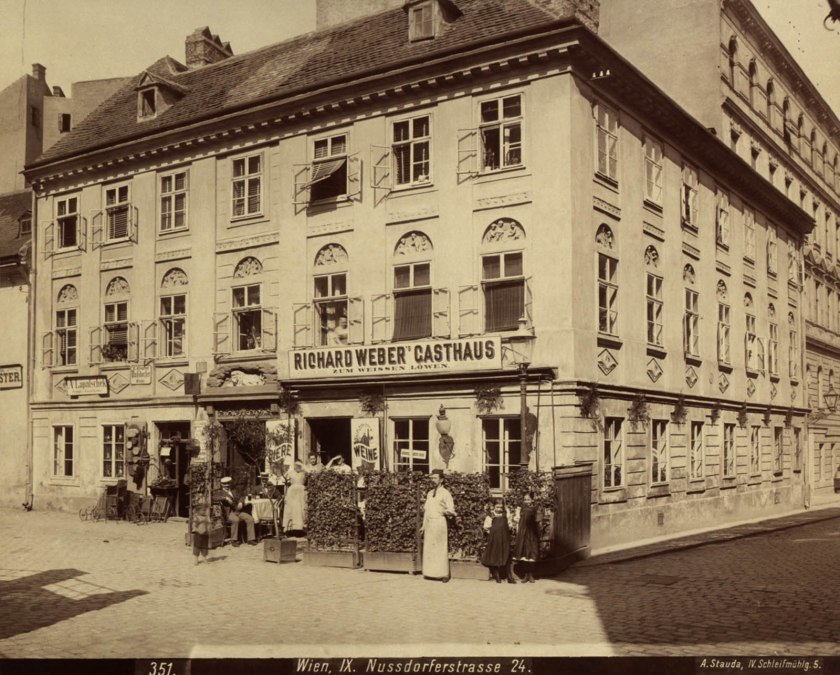














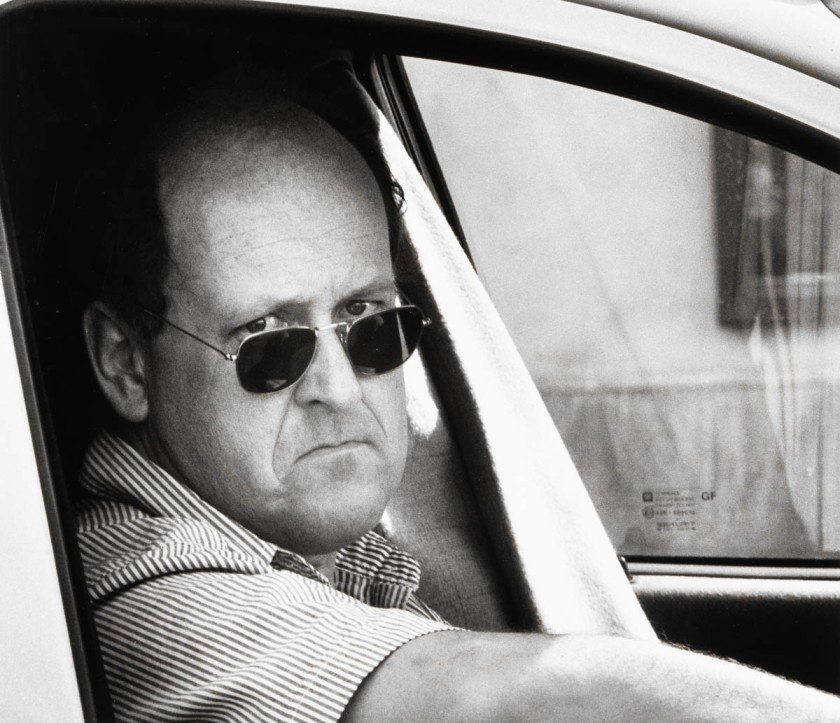








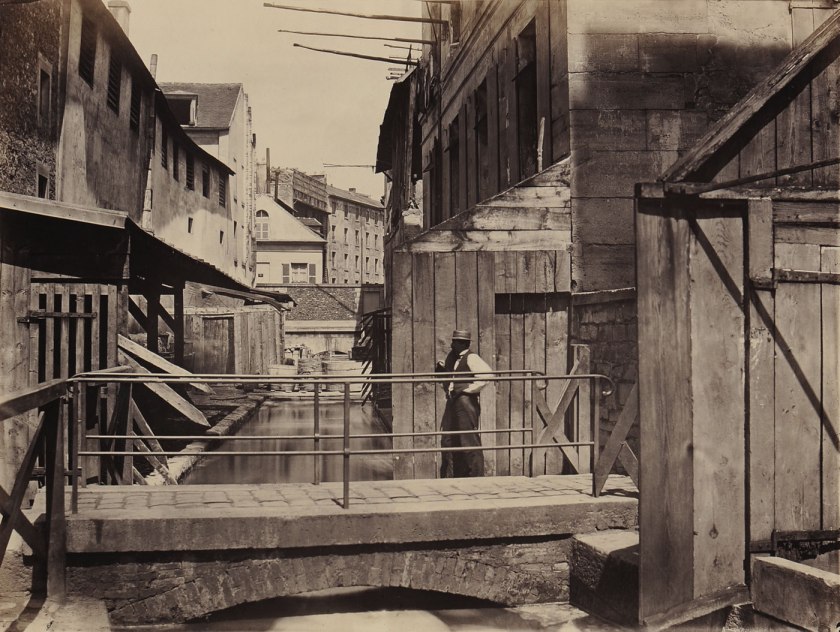
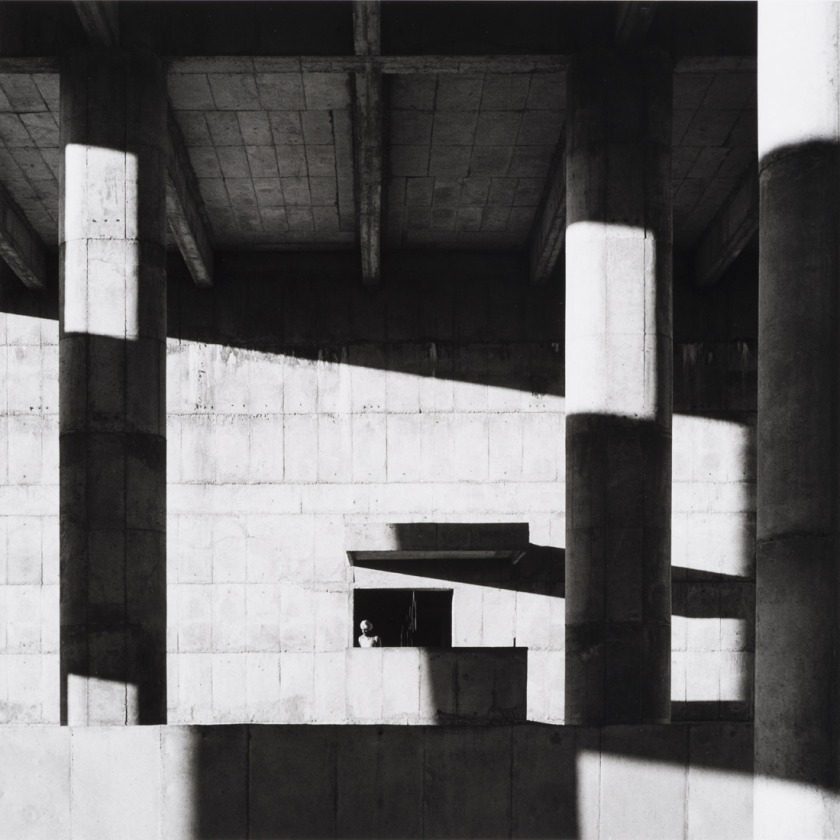

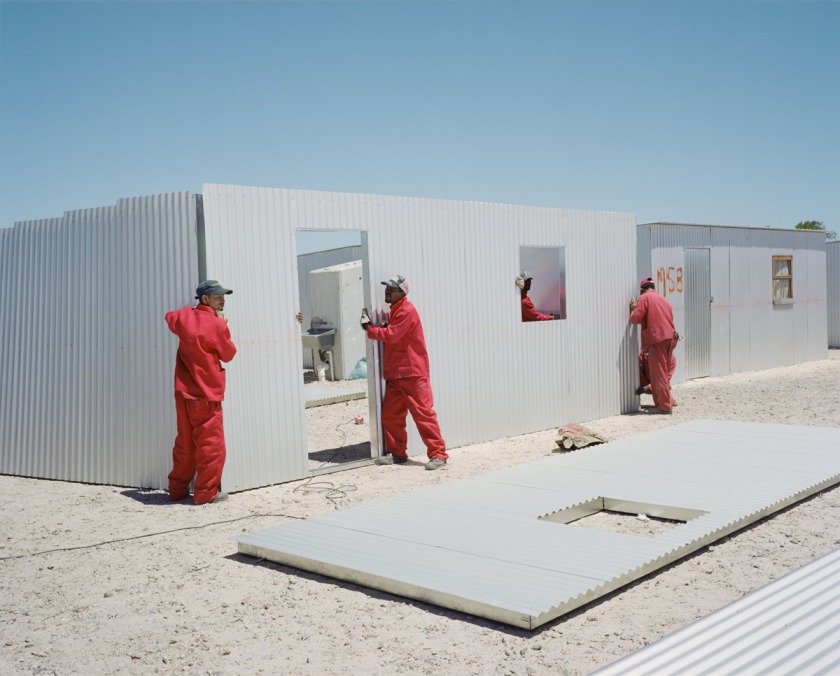
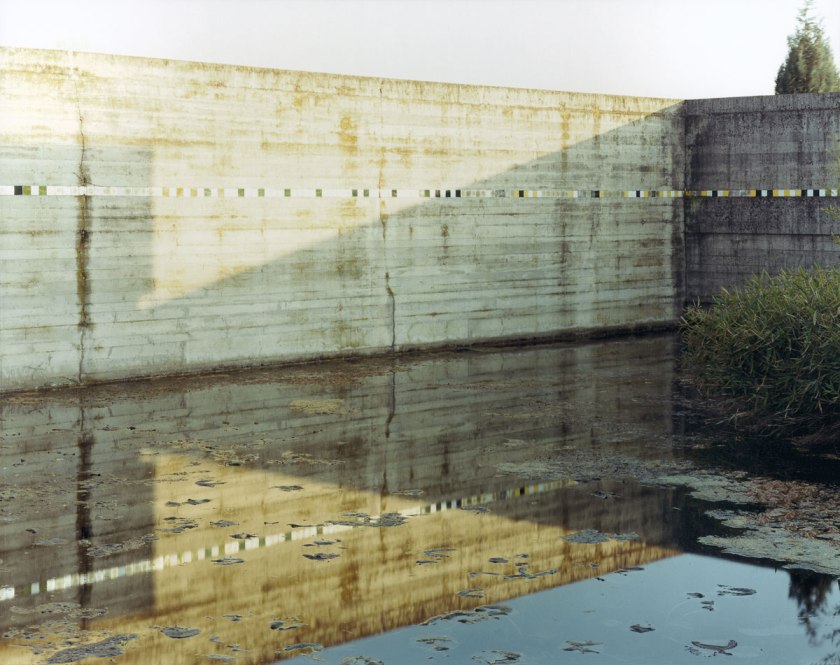
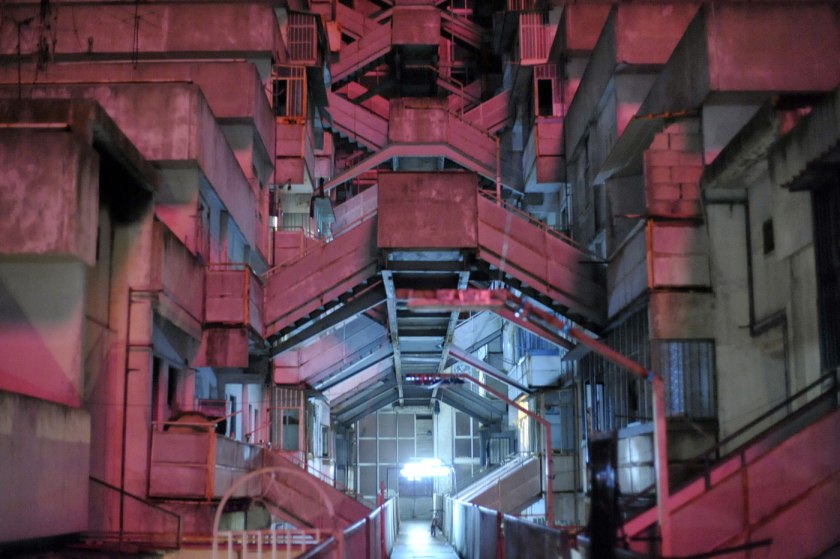
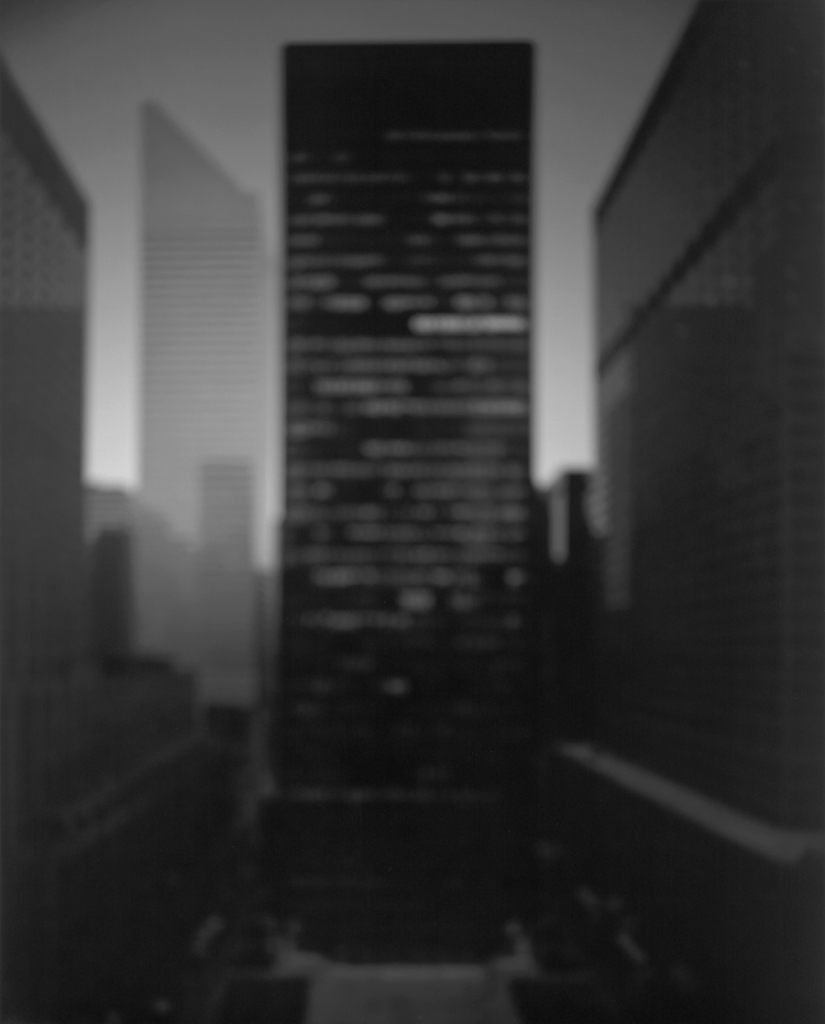

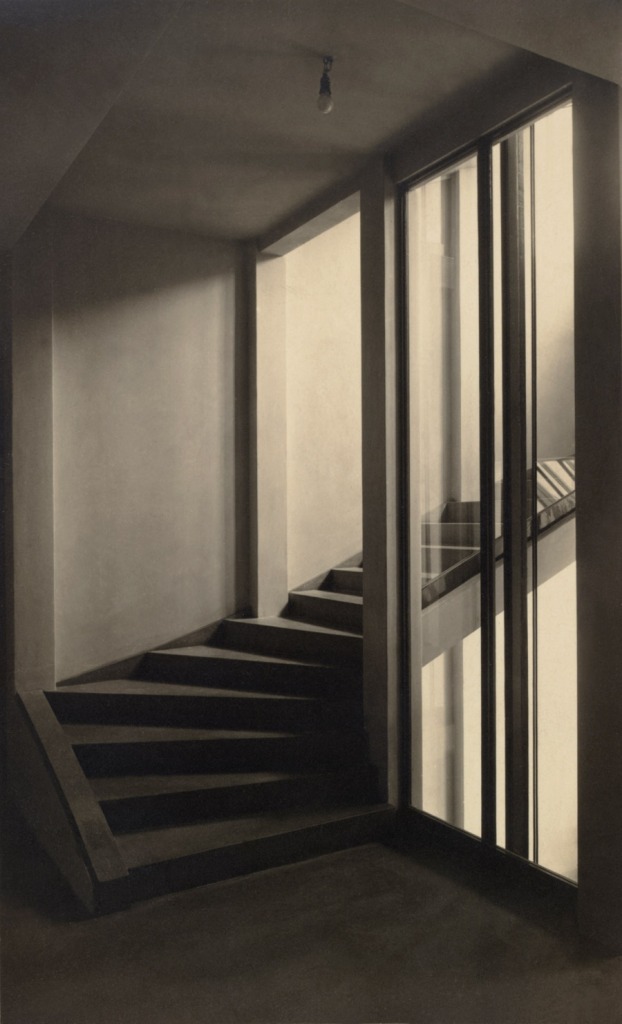

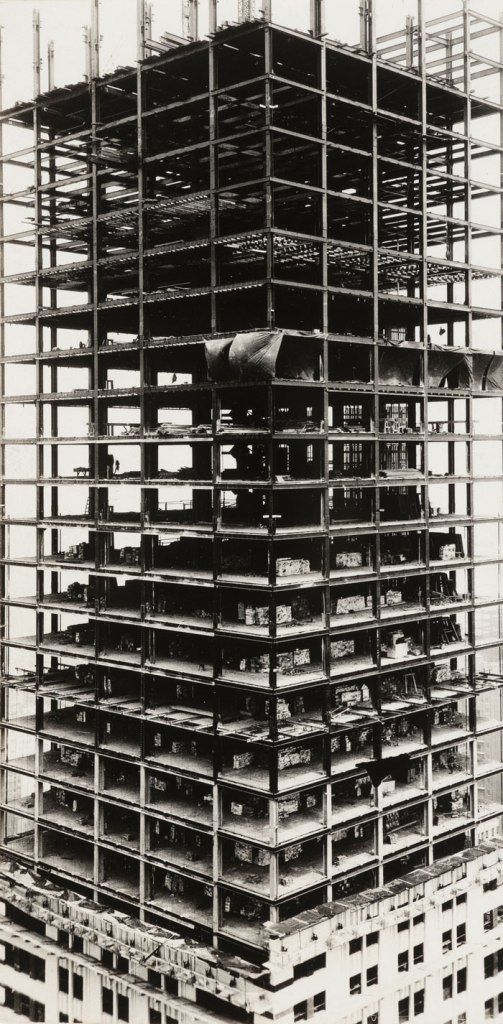
You must be logged in to post a comment.